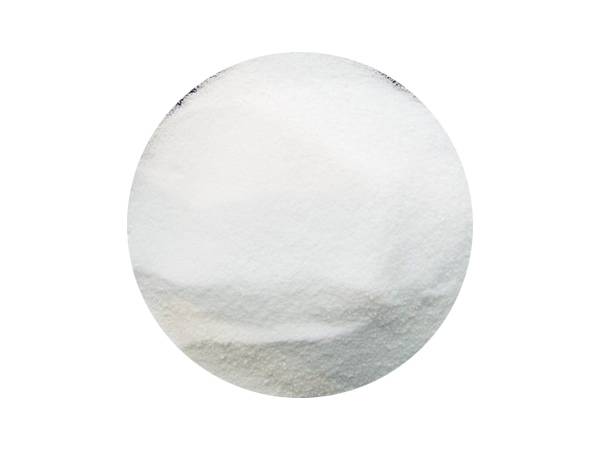



chlorine dioxide generation from sodium chlorite
Chlorine Dioxide Generation from Sodium Chlorite An Overview
Chlorine dioxide (ClO2) is a versatile and powerful oxidizing agent that is widely used in various applications, including water treatment, bleaching processes, and disinfecting surfaces. One of the most common methods for generating chlorine dioxide involves the use of sodium chlorite (NaClO2). This article aims to explore the mechanisms, benefits, and safety considerations associated with chlorine dioxide production from sodium chlorite.
Understanding Sodium Chlorite
Sodium chlorite is a chemical compound consisting of sodium, chlorine, and oxygen. It is typically available in the form of a white powder or crystalline substance. Sodium chlorite is known for its oxidizing properties and is used in a variety of applications, including the production of chlorine dioxide. When sodium chlorite is activated, it undergoes a chemical reaction that results in the generation of chlorine dioxide.
The Generation Process
The generation of chlorine dioxide from sodium chlorite can be accomplished through several methods. The most common approach involves the reaction of sodium chlorite with an acid or a chlorine compound. The reaction is generally represented as follows
\[ 5 \text{NaClO}_2 + \text{H}_2\text{SO}_4 \rightarrow 4 \text{ClO}_2 + \text{Na}_2\text{SO}_4 + 2 \text{H}_2\text{O} \]
In this reaction, sulfuric acid (H2SO4) serves as the acidic activator. Sodium chlorite reacts with the acid to produce chlorine dioxide gas, along with sodium sulfate and water as byproducts. This process can be scaled up for industrial applications, ensuring an efficient and cost-effective means of producing chlorine dioxide.
Efficiency and Benefits
chlorine dioxide generation from sodium chlorite

One of the significant advantages of generating chlorine dioxide from sodium chlorite is the efficiency of the process. The reaction yields a high percentage of chlorine dioxide when performed under optimal conditions, making it an economically viable option for large-scale use. Chlorine dioxide itself is a highly effective disinfectant, proving to be effective against a range of pathogens, including bacteria, viruses, and protozoa.
In water treatment facilities, chlorine dioxide is favored over traditional chlorine for its ability to eliminate contaminants without forming harmful chlorinated byproducts, such as trihalomethanes. Additionally, chlorine dioxide has a distinct advantage in the pulp and paper industry, where it is used for bleaching without impacting the quality of the product.
Safety Considerations
While chlorine dioxide is a potent disinfectant, it is essential to handle the chemicals involved in its generation with care. Sodium chlorite and chlorine dioxide are both capable of producing hazardous effects if not managed correctly. Sodium chlorite can cause skin irritation and respiratory issues upon exposure, and chlorine dioxide is a respiratory irritant and can be dangerous in high concentrations.
Appropriate safety protocols must be established when working with these substances. This includes using personal protective equipment (PPE) such as gloves and goggles, ensuring adequate ventilation in the workspace, and following established guidelines for the safe handling and storage of chemicals.
Regulatory Considerations
Chlorine dioxide must also comply with regulatory standards set by environmental and health authorities. The permissible concentrations, usage restrictions, and disposal methods are outlined in these regulations to prevent environmental contamination and protect public health. It is crucial for industries using chlorine dioxide to stay informed about these regulations to ensure compliance and safeguard community health.
Conclusion
The generation of chlorine dioxide from sodium chlorite presents an efficient process with numerous applications across various sectors. From water treatment to industrial bleaching, chlorine dioxide's efficacy as a disinfectant is well recognized. However, safety precautions, regulatory compliance, and environmental considerations must remain a priority in its production and use. As industries continue to recognize the benefits of chlorine dioxide, ongoing research and development in safe generation methods will further enhance its application potential while protecting both workers and the environment.
-
Why Sodium Persulfate Is Everywhere NowNewsJul.07,2025
-
Why Polyacrylamide Is in High DemandNewsJul.07,2025
-
Understanding Paint Chemicals and Their ApplicationsNewsJul.07,2025
-
Smart Use Of Mining ChemicalsNewsJul.07,2025
-
Practical Uses of Potassium MonopersulfateNewsJul.07,2025
-
Agrochemicals In Real FarmingNewsJul.07,2025
-
Sodium Chlorite Hot UsesNewsJul.01,2025










